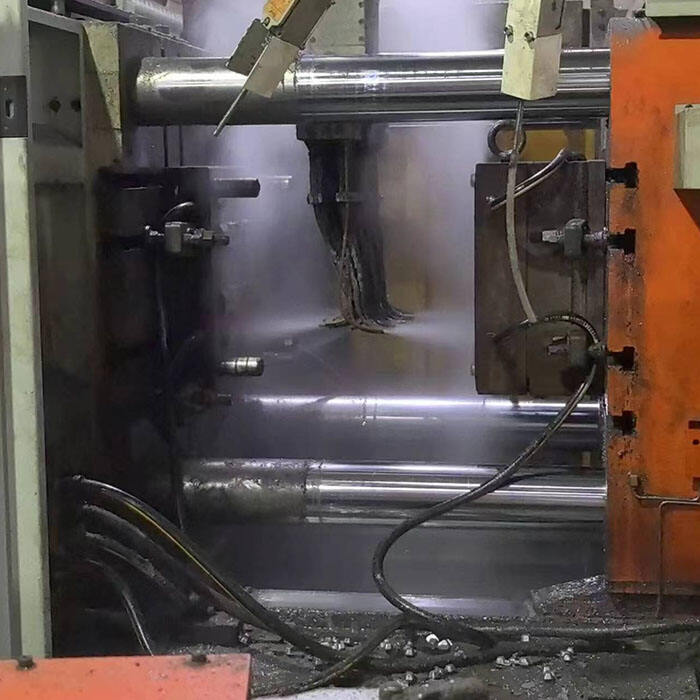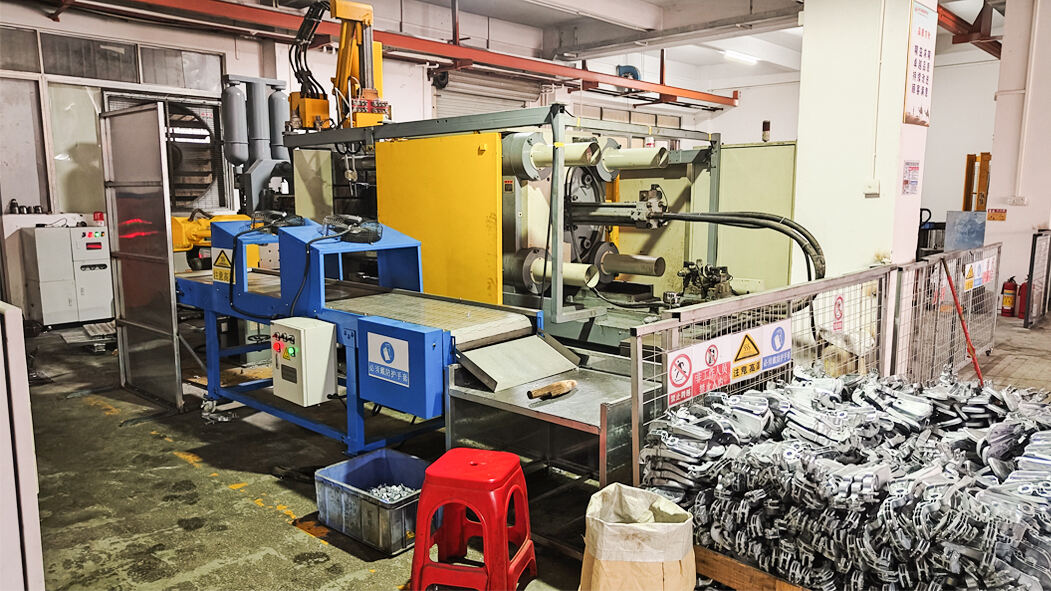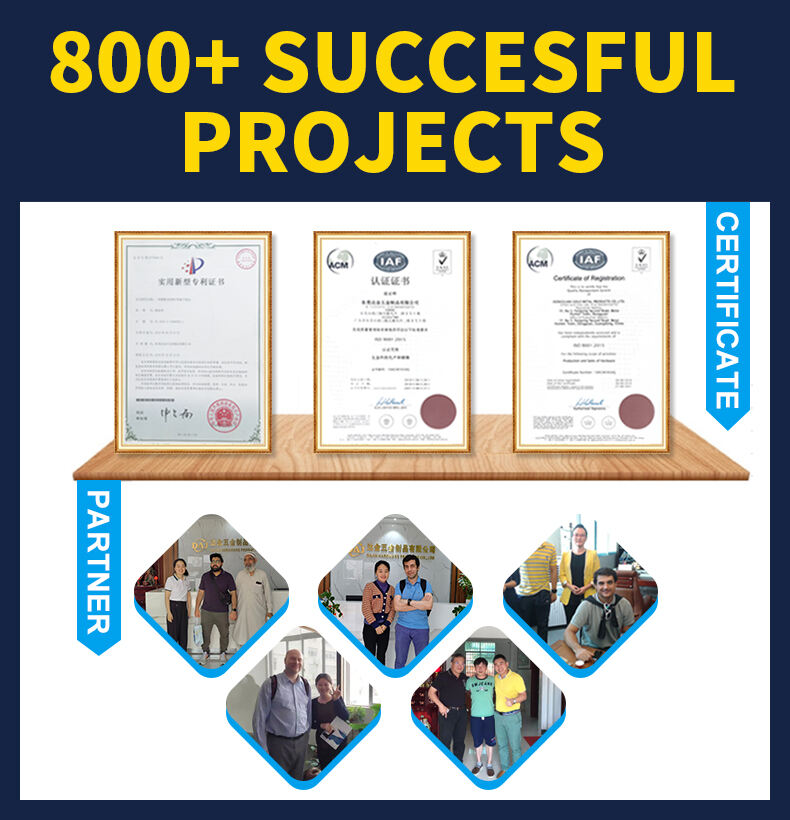pressure casting
It is also known as die casting, and it applies pressure to melt metal, forcing it into the cavity of a mold. The primary objective of pressure casting is to combine complex shapes possessing excellent surface finish with accurate tolerances when components come apart at all connections for maintenance behind the wall panels of Nordic lighting systems. Technological features of this process feature durable die casting machines. These machines boldly handle many kinds of metals, aluminum, zinc, magnesium to name but a few. The forms, commonly called dies, are made of steel. They can produce parts with tight tolerances and move fine details. Pressure casting is applied for products including items from Precision Aluminum Sand Casters. In this industry they must be high quality, sturdy, last a long time and capable of meeting high requirements. Owing to its efficiency and stable production conveyor belt, this method is especially suitable for mass production.


